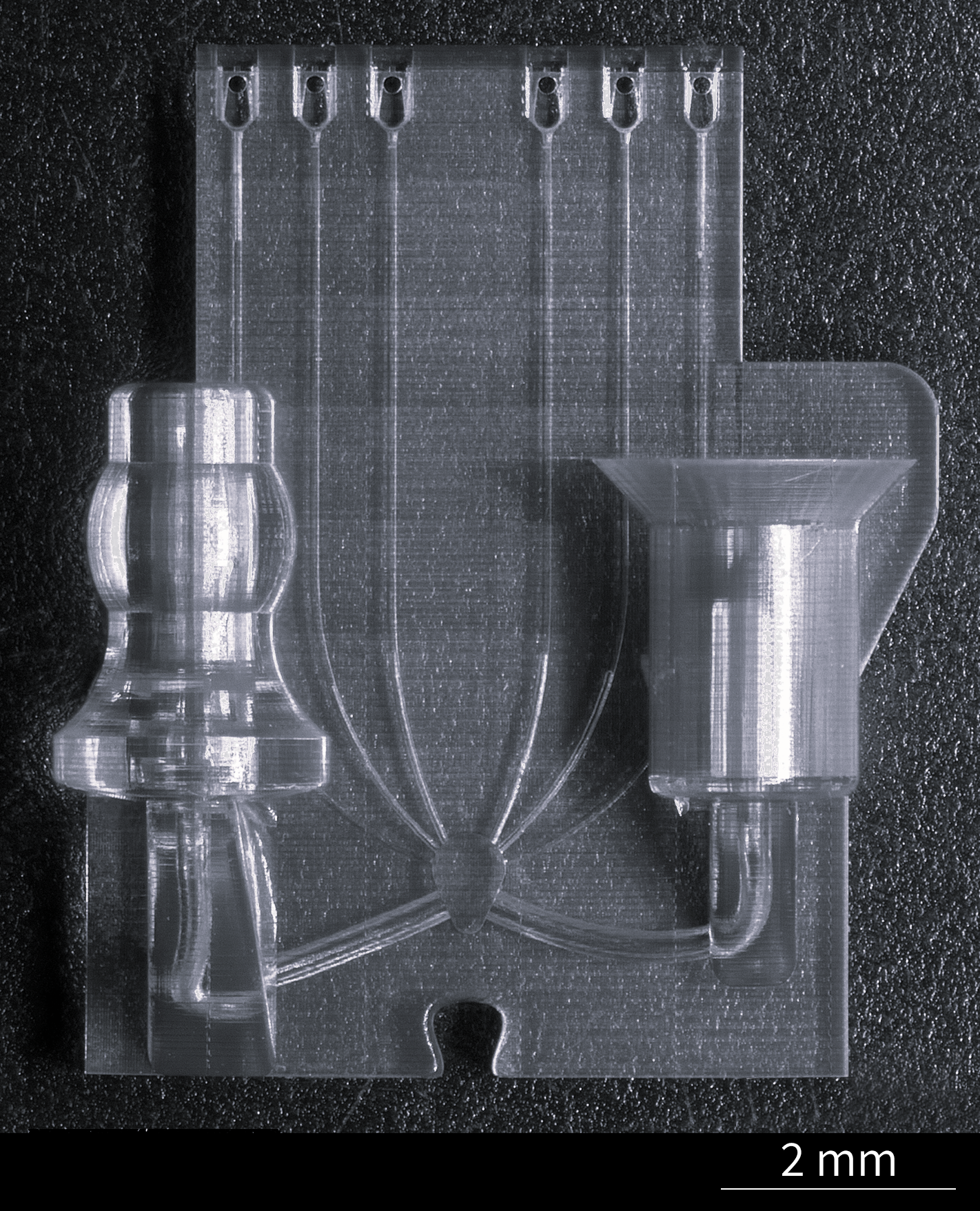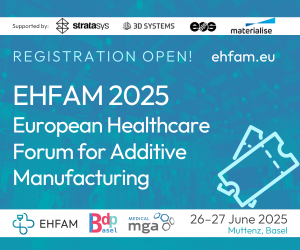Nano 3D printing is a very niche technological area whose applications have, so far, been mostly demonstrated in lab environments, as far as we know. So, actual use cases for the ability to 3D print at the submicron level are still being explored. Fertilis Pty Ltd, an Australian specialist in in vitro fertilization (IVF), has demonstrated one potentially fruitful application in the medical space. By using an NanoOne 2PP 3D printer from UpNano, the company was able to 3D print a dynamic cell culture that reduces cycles for implanting embryos by 30 to 40 percent.
The pre-implantation phase of IVF is a particularly delicate one in which the embryonic cells are exposed to continuous changes in environment. This stress placed on the culture increases the possibility of failure, making more IVF cycles necessary. To overcome this issue, Fertilis developed a unique device that makes it possible to precisely monitor and control the culturing process of the fertilized eggs so that they don’t need to be moved between petri dishes. The microfluidic device makes it possible to change the nutrient medium that surrounds the embryo in an automated and less disruptive fashion, resulting in a more optimized growth environment.
CEO of Fertilis Marty Guavin explained, “Our device allows fertilization, embryo culture and embryo cryopreservation to occur in the one structure – no more moving embryos around by hand. This, in fact, increases the success rate significantly and reduces time, costs and stress for the parents.”
To produce its device, Fertilis relies on the NanoOne installed at the Australian National Fabrication Facility (ANFF) at the University of South Australia. The system is able to 3D print features as fine as 0.05 mm in diameter, smaller than the width of a human hair. It also features adaptive resolution, which makes it possible to focus the width of the laser beam during the print process so that larger and smaller features can be printed in a single path. This improves overall productivity.
Denise Hirner, Chief Operating Officer and co-founder of UpNano, explained: “The microfluidic device of Fertilis have minute channels as well as larger structures to connect the device to tubes necessary for the incubation process. Being able to print across a range of scales –from nanometers to centimeters – the NanoOne can print this all in a single production cycle.”
Also necessary was UpNano’s UpFlow material, which maintains biocompatibility while also reducing viscosity, making it possible to more thoroughly clean the fine internal channels. This was achieved by selecting the proper base resin for UpFlow that would maintain a low viscosity until it is hardened by UV exposure. The manufacturer also highlights the resin’s high optical transparency, which is useful for microscopic inspections of incubated embryos, as well as low autofluorescence.
In addition to achieving the proper resolution, the NanoOne also aids the Fertilis team in increasing its production speed. Marty Guavin noted, “Previously, the 3D printing of our microfluidic devices took a full fortnight. Now, four hours only. That is an exceptional acceleration of the production process. And, best of it all, using UpFlow results in a better-quality product than achieved before.”
Outside of its work with Fertilis, UpNano has also developed X Hydrobio INX© U200, which it calls the “only commercially available resin that allows embedding living cells straight from a culture plate within highly precise 3D-printed structures for biological applications.”
Naturally, this development from Fertilis could be a silver lining for future couples struggling with the IVF process, as the company rolls out its technology. For nano 3D printing, it also offers a fairly concrete look at what such fine resolution brings to real world applications.
3DPrint.com and SmarTech Analysis are hosting Additive Manufacturing Strategies in New York City on February 7-9, 2023. Register for the event here to learn from and network with the most exciting companies and individuals in AM.
Subscribe to Our Email Newsletter
Stay up-to-date on all the latest news from the 3D printing industry and receive information and offers from third party vendors.
Print Services
Upload your 3D Models and get them printed quickly and efficiently.
You May Also Like
From the Ocean Floor to the Factory Floor: How Framework Robotics is Rethinking Underwater Vehicle Design
Deep beneath the ocean’s surface lies a world that’s unpredictable, pressurized, and profoundly unexplored. It’s a realm where conventional engineering is often pushed to its breaking point — and where...
GKN Aerospace Adds Interspectral’s AM Explorer Software to its 3D Printing Workflow
GKN Aerospace, the UK-based leading manufacturer of aircraft components, has adopted AM Explorer, a platform made by Swedish software firm Interspectral, at its Centre of Excellence for Engine Systems in...
Protolabs Brings in New CEO, Keeps Growth Plans on Track
A new CEO is stepping in at Protolabs (NYSE: PRLB). This week, the digital manufacturing company announced that Suresh Krishna is now its President and CEO. Krishna is stepping into...
Disruption, as Usual: Rich Garrity on How Stratasys Plans to Capitalize on 3D Printing’s Latest Big Opportunity
Few companies in the history of additive manufacturing (AM) have had as much impact as Stratasys on the overall course of the industry’s development. Stratasys has existed for about as...

































